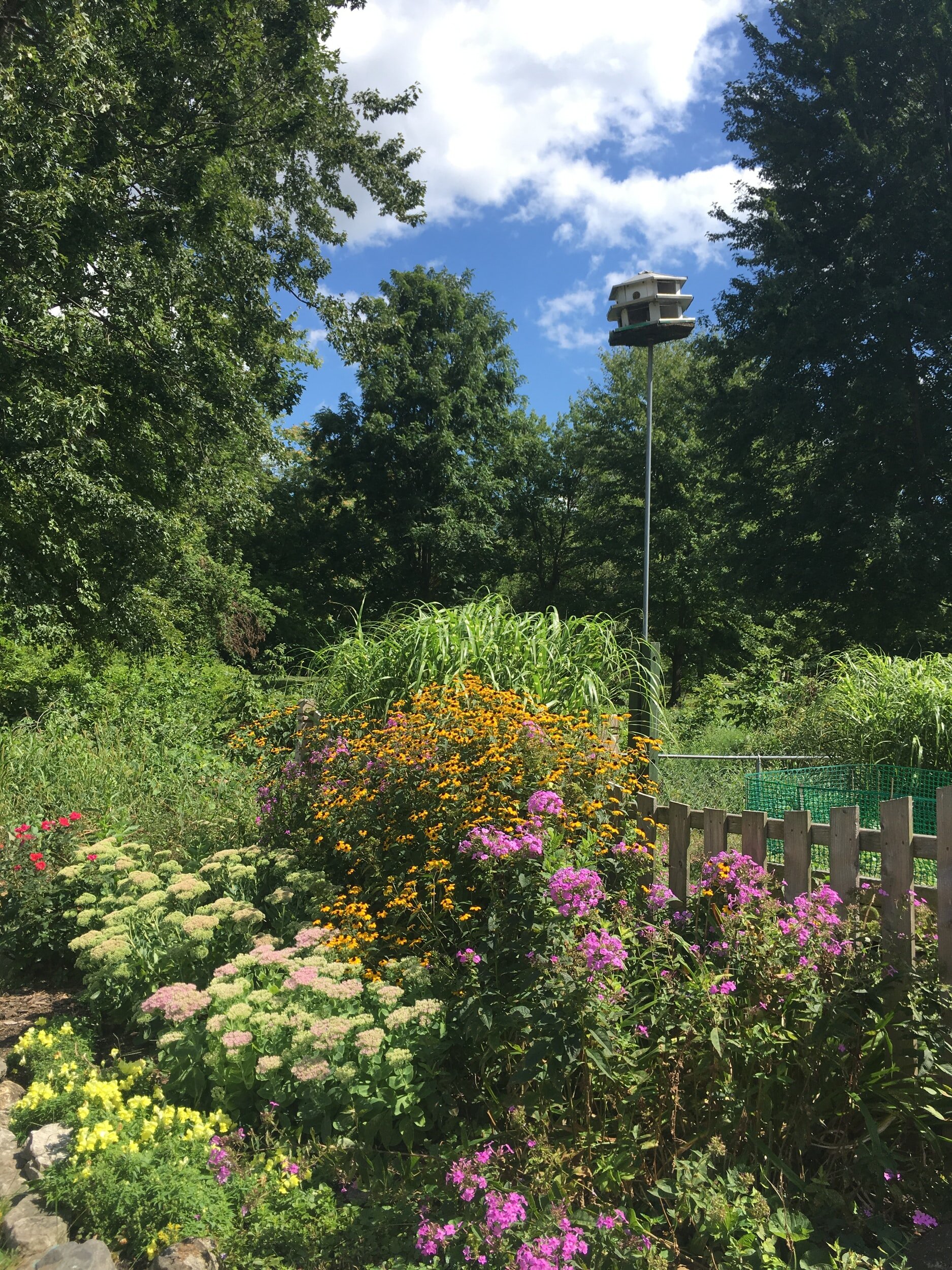Removing the faded and withering blooms from flowering plants, or deadheading, is not really necessary. Whether they are annuals or perennials, flowers will grow and produce blooms successfully without having old blossoms pinched back. But… many of these plants reward gardeners who deadhead them by producing more flowers, sometimes more lush and thick than those that bloomed before.
“It’s important to know that not all plants continue to produce flowers after they have been deadheaded,” note Sean and Allison McManus in The First-Time Gardener’s Guide to Plants and Flowers. “Some (peonies, tulips, and rhododendrons, for example) bloom once a year and then they’re done, but many others produce a flush of new blooms when the spent flowers are removed.”
Flowers that benefit from deadheading include Bee Balm, Cosmos, Campanulas, Delphiniums, Hardy Geraniums, Hollyhocks, Marigolds, Petunias, Roses, Snapdragons, and Zinnia.
To deadhead, locate the old and withered blooms and remove them at the base of the stem from which they are growing. A clean cut or pinch is best, rather than tearing, to make it easier for the plant to heal. Compost the deadheaded flowers.

